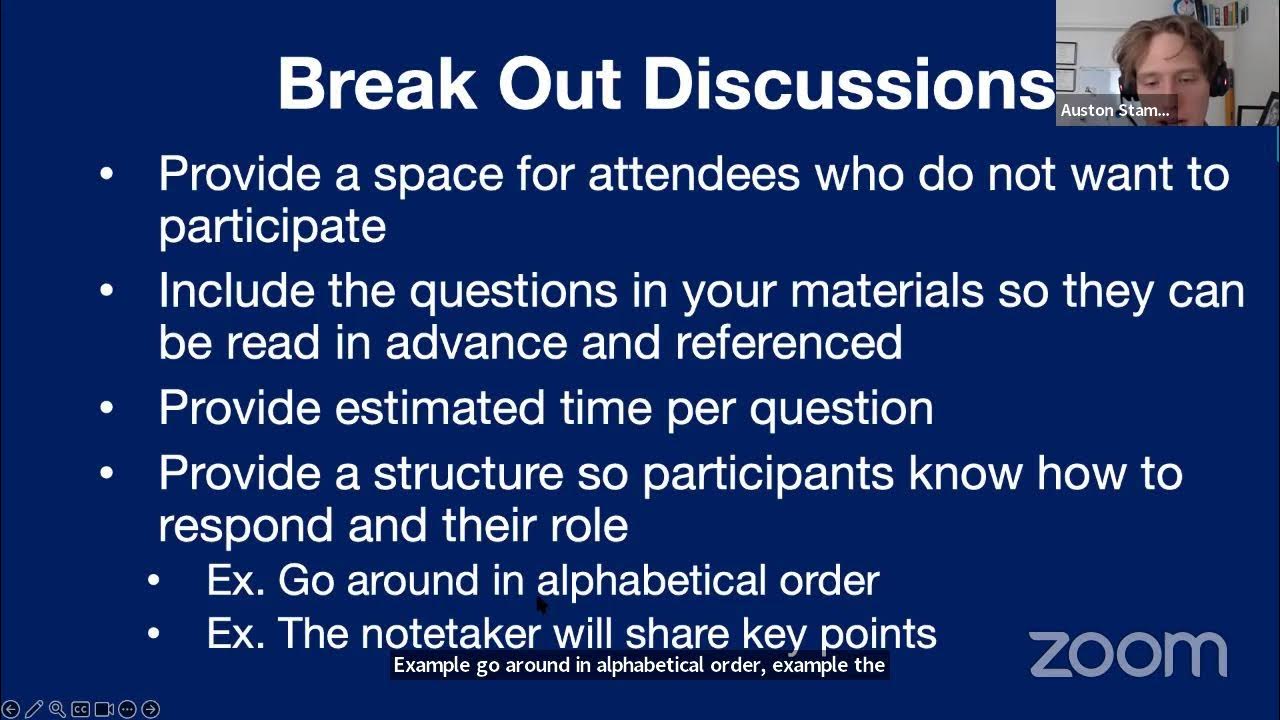I participated in a webinar yesterday with the Center for Innovation, Design, and Digital Learning focused on creating Accessible Conferences in Higher Education. The panelists and I tried to provide a lot of helpful resources and strategies for promoting inclusion for people with disabilities during a conference or presentation.
I am wonding if Austons points on having a non-particpant break out room and making web cams optional applies to elearning as well. My organization demands these things from learners and its not very well received by anyone.
If I had some research showing why this is a bad idea I am wondering if I could get them to consider changing the policy.
This study on Zoom camera use found that students turn off their cameras because of personal appearance, people being in the background, and slow internet connection. A Stanford study identified constant camera use as a cause for Zoom fatigue and recommended audio-only breaks. Educause on equitable camera use highlights best practices at the end of the article like a flexible policy, using icebreakers, and providing alternatives. Hopefully, these articles are helpful and might lead to your institution creating a more flexible policy.
That will be very helpful thank you for this.


